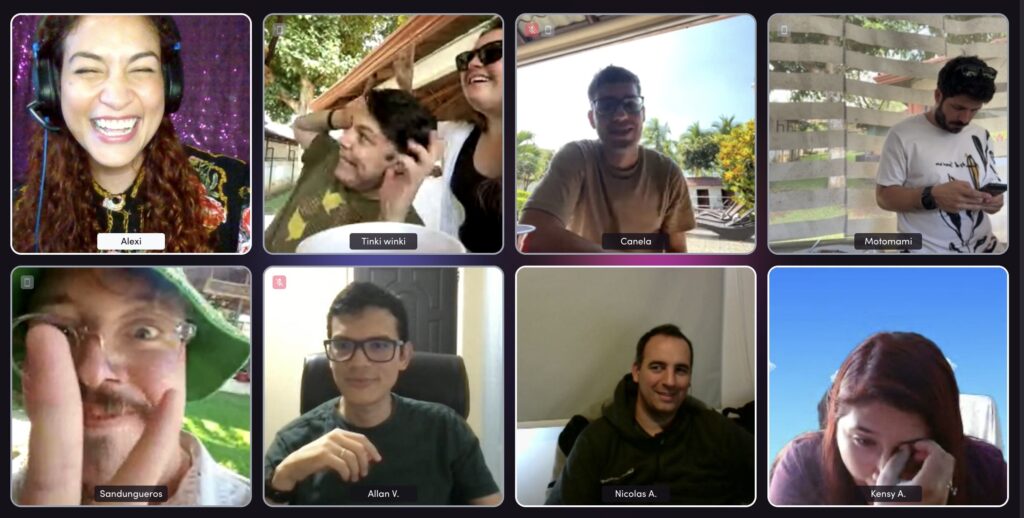Over the past few years, how we work has had a transformative shift. It’s not a secret that remote work is the new norm in the professional landscape, with many challenges to overcome.
In this blog, we’ll explore the importance of creating an environment where everyone feels valued, fostering an inclusive culture, managing diversity, and facilitating open communication in your remote teams. So, let’s start!
The Power of Diversity
A diverse workforce with diverse backgrounds and perspectives catalyzes creativity and innovation. This diversity is invaluable for problem-solving and decision-making, contributing to employee satisfaction and enhancing a company’s adaptability and success in a dynamic world.
Overcoming Remote Work Challenges
1. Time Zone Coordination
The challenge of coordinating teams spread across different time zones can result in delays, miscommunication, and reduced productivity. Here are some strategies to overcome this hurdle:
- Flexible Work Hours: Encourage team members to adopt flexible work hours, facilitating synchronous communication and collaboration.
- Time Zone Converters: Integrate time zone converter tools into scheduling software to plan meetings that accommodate everyone’s working hours, ensuring fair participation.
- Inclusive Meetings: Rotate meeting times to consider all participants’ time zones, preventing anyone from consistently facing inconvenient schedules.
2. Managing Cultural Differences
Cultural diversity in work habits and communication styles can lead to conflicts and misunderstandings. To manage cultural differences effectively:
- Communication Guidelines: Establish clear communication guidelines emphasizing asynchronous communication methods.
- Cultural Awareness: Encourage team members to learn about each other’s cultures. Create dedicated spaces for sharing values, traditions, and communication styles, fostering mutual understanding.
3. Addressing Communication Gaps
Communication gaps often arise due to the lack of face-to-face interaction, time zone differences, and reliance on written communication. Here’s how to bridge these gaps:
- Team Building: Organize at least one annual team-building event to facilitate in-person interactions. If in-person gatherings are not feasible, consider hybrid events to maintain team cohesion.
- Communication Tools: Invest in reliable communication and collaboration tools, providing training and support to ensure proficiency and minimize technical issues.
In Conclusion
As remote work becomes the standard, tackling its challenges requires a focus on inclusivity, diversity, and effective communication. Building a culture that values each team member is essential and pivotal for success. Embracing these principles creates a work environment where everyone feels connected and valued and contributes to enhanced teamwork. Let’s commit to these strategies to adapt to the evolving work landscape.





